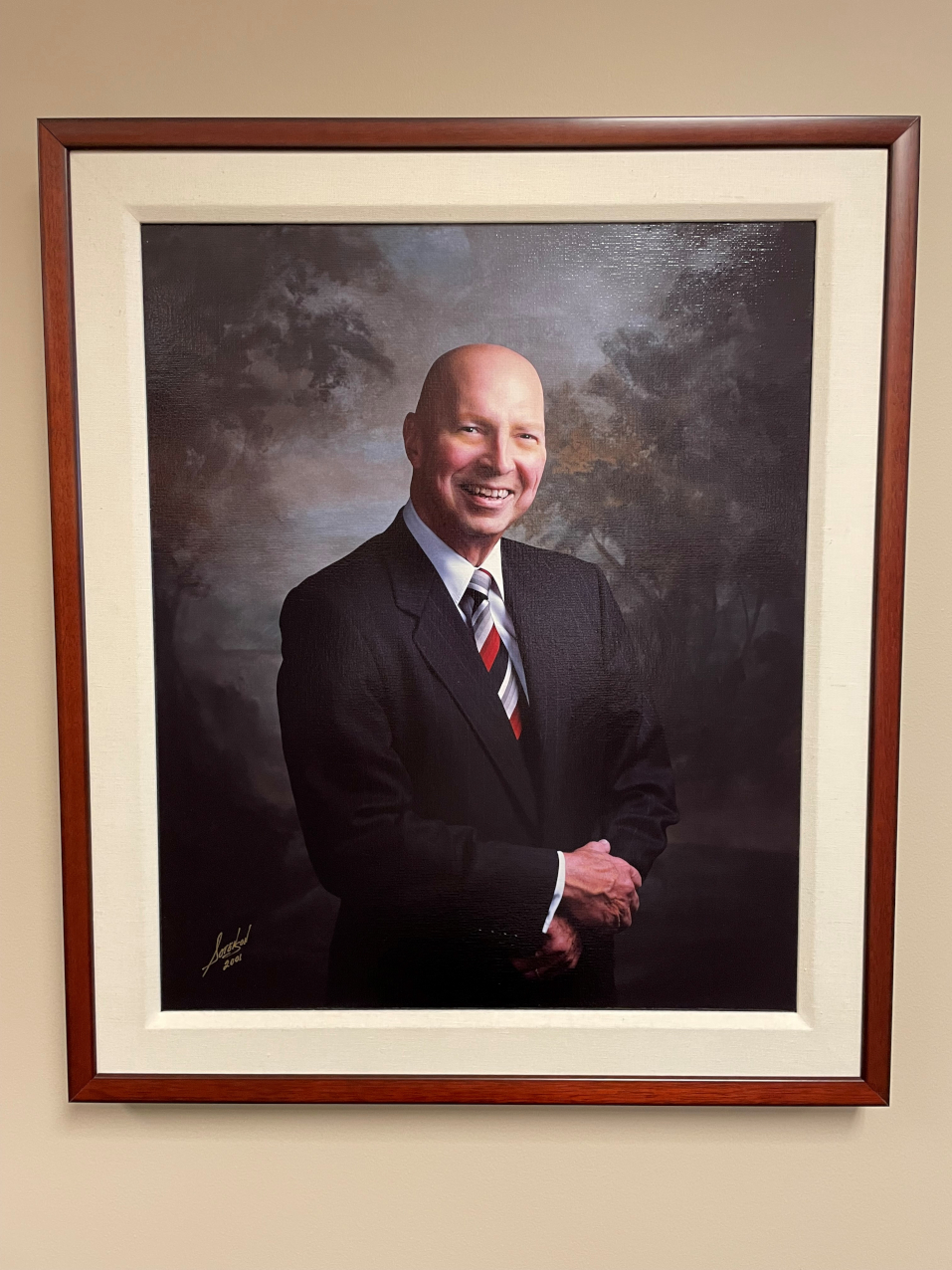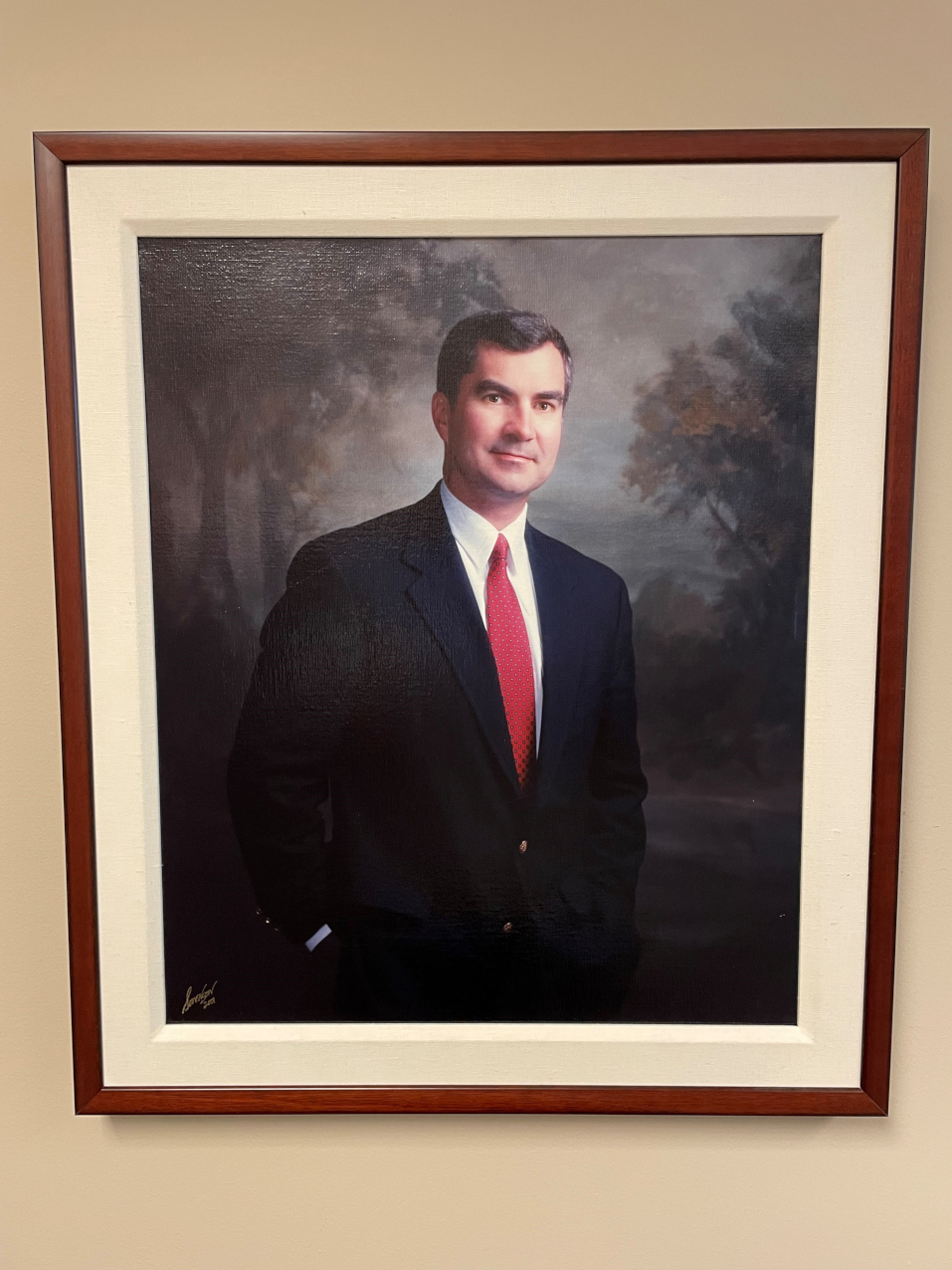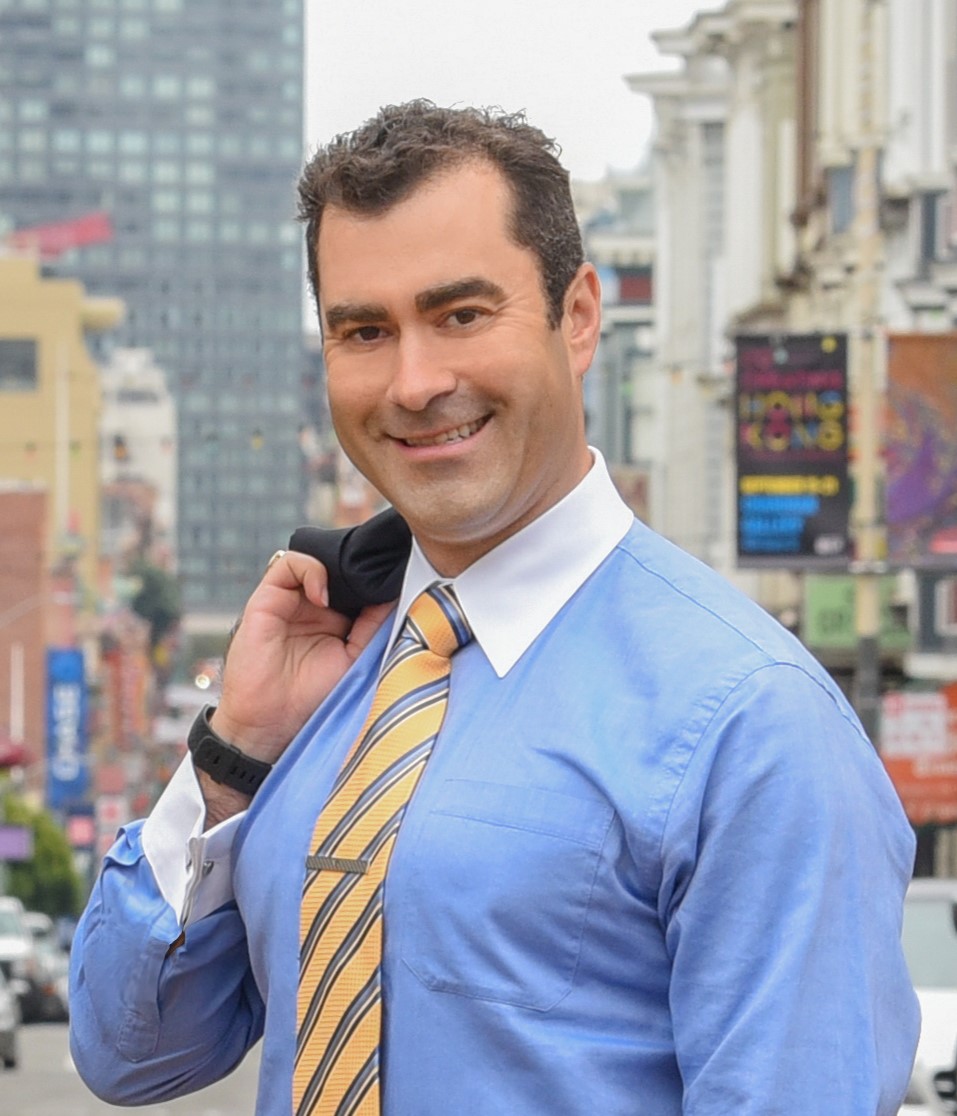The G. W. Williams Co. Story
Our Company is a fourth generation, privately-held, real estate investment company based in San Mateo, California. The Company owns multi-family, light industrial, commercial, and office properties. Management of these properties is overseen by the Company's Asset Management Division.
The Company presently operates in nine distinct geographic regions—eight regions within the United States and one region in Europe. Within the United States, the Company has holdings in California—San Francisco Peninsula, Greater Sacramento, and Greater San Diego Areas; Washington State—Greater Seattle Area; Arizona—Greater Phoenix Area; Tennessee—Nashville Area; Florida—Jacksonville and Orlando Areas. In Europe, the Company has holdings in Switzerland’s Greater Zurich Area.
 (Closed captioning is coming soon)
(Closed captioning is coming soon)
George W. Williams—The Founder

Prior to the founding of the Company in 1923, George W. Williams (1900 - 1986) worked in the automobile loan department at Wells Fargo Bank. He accepted this position upon his graduation from the University of California, Berkeley, where he earned a B. S. degree in Business Administration. After about six months at the bank, he asked for a raise. His superior said this was highly unusual, but he would ask Management if an exception could be made. After some time, Management informed George that the bank was willing to give him a raise. He thanked the bank and then he told them he quit because “at this rate it will take me too long to become president of the bank.” It was after this bank position that George founded G. W. Williams Co., a partnership. He decided he would be a home builder, and he asked his brother-in-law Fred Varney to join him. Fred was a civil engineer with a background in mining engineering. Together they began with the construction of a single-family home near Broadway, Burlingame. George’s father stopped by their job site and saw they were mixing concrete by hand to form the foundation. He told them that they would break their backs doing that, so he purchased a small cement mixer for them to use. That first house is likely still standing today because Fred made sure it was very strong, and they used more than enough concrete on that foundation.
Eventually Fred and George parted ways. Fred went on to build apartments in San Francisco, while George decided to focus on single-family homes in the San Mateo, Burlingame, and Hillsborough areas. It was upon Fred’s departure that George asked his childhood friend from Utah, Frank Burrows, to come out to California and take over the construction side of the business, while he would focus on the business management of the company. Together, George and Frank built many single-family homes. Their Company signs touted that they produced “super-built homes.” Many of these super-built homes still exist today, mainly because he worked with talented architects whose designs were classic and timeless, used quality materials, and skilled workmanship. When the Great Depression hit, some of the buyers of these homes returned them to the Company. The Company was able to fix and then resell these homes, while still making a profit.
Next, George’s Company began the development of several small subdivisions, including Williams Place in San Mateo and Willborough in Burlingame. These were constructed during the Great Depression. To keep the costs down, the developments were on very small lots with no sidewalks. However, the developments were quite charming with tiny English cottages on curving streets. These two very small subdivisions are still existent today and are considered very desirable. They have often been featured in local newspapers.
The firm continued to grow. During World War II, the Company formed a subsidiary called Williams & Burrows, Inc. to focus on larger, wartime, construction projects, which among many included the barracks at Hamilton Airforce Base, the dry docks at Hunters Point Shipyard, construction of Alameda Air Station, and a helium building for the dirigible airship Macon at what is now Moffett Field.
In anticipation of the end of the war, George had the foresight to recognize that returning GIs would need housing, and that many of them would settle on the San Francisco Peninsula. With this in mind, the Company took on larger housing subdivision developments, including Sunnybrae in San Mateo and Mills Park in San Bruno.
First conceived in 1939, Sunnybrae was California’s largest, low-cost tract housing development introduced through American Homes, Inc., a subsidiary of G. W. Williams Co. Occupying 145 acres, this planned community of 700 homes was set in motion to provide a supply of homes to meet the demand for new, modern, low-cost homes. Post World War II, it was developed as a model community with its own school and shopping center, railroad station, highway access, apartment house and duplex district. To share the risk, George allowed other contractors to participate in the development of this unique neighborhood.
Mills Park is one of San Bruno’s trademark neighborhoods, an important piece of the city’s rapid post-war growth. Developed between 1940 and 1955, Mills Park is a classic, immediate post-war neighborhood, populated with modest, one-story homes with one-car garages on 5,000 square-foot lots. Today, San Bruno is experiencing a metamorphosis with larger, apartment communities being planned to address the housing shortage. In fact, one of the Company’s commercial property holdings is in the planning stage for such a redevelopment.
In 1946, the Company became a corporation, replacing the partnership, and continued the development of several home subdivisions in the Bay Area and Sacramento. Concurrently, Williams & Burrows, Inc. took on bigger construction projects including: Our Lady of Angels Church in Burlingame; the Stanford Research Institute in Menlo Park; buildings on both the Stanford and University of California Berkeley campuses in the Bay Area as well as at the California Polytechnic State University in San Luis Obispo; the entire campus of the University of California at Santa Barbara; the San Mateo County Government Center; and various shopping malls in both central and northern California, to name a few. Soon after, G. W. Williams Co. developed commercial properties in San Bruno, South San Francisco, and, later, light industrial properties, mainly in the Belmont/San Carlos area. During this same period, the acquisition and building of multi-family properties mainly concentrated the Company's area of operation on the San Francisco Peninsula and in the Sacramento area.
George W. Williams III—Second Generation Leadership

George W. Williams III (1930 – 2016), son of the founder, joined the firm in 1952, after earning his B. S. degree in Business Administration from the University of California at Berkeley. He began working in subdivision development and property management. According to George, he started out at the firm running the Housing Complaints Department at $325 per month (Equal to $3,767 today). Eventually, he took on more interesting projects, including the development of the G. W. Williams Business Park in San Carlos, California. Named President on March 25, 1966, George continued in this role until 1992 when his son Scott took over as Company President. On September 28, 1990, he took on the additional, newly created role of Chief Executive Officer. While remaining CEO until 1996, he was named Chairman of the Board on September 22, 1992 and served in that capacity until 2002. When asked in his 2014 interview by grandson Sean Williams, George said his vision, as well as his father's vision, was that the Company remain 100% family owned. According to GIII, as he was known, he wanted to see the firm continue to grow and generate good dividends for the family shareholders. He also expressed great confidence in his son Scott's leadership and achievement of these goals as well as the successful future of the Company. After a 55-year career with the Company, GIII retired in 2007.
Scott W. Williams—Third Generation Leadership

Scott W. Williams, grandson of the founder, joined the firm in 1977, after graduating with a B. S. degree in Business Administration from the California Polytechnic State University in San Luis Obispo. Prior to working full-time with the Company, Scott spent his summers as a carpenter’s apprentice for Williams & Burrows, Inc. and as assistant to G. W. Williams Co.’s handyman. It was because of these jobs, that Scott developed his eagle eye for construction defects and maintenance issues. He began working in property management and then in property development and acquisition. During this period, Scott had the Company retrofit all of the Bay Area properties to brace for potential earthquakes. His foresight kept the damage from the 1989 Loma Prieta Earthquake to a minimum. Along the way, Scott earned the designation of CPM, Certified Property Manager. Additionally, he earned both a General Contractor’s License and California Real Estate Broker’s License and serves today as the Corporation General Contractor and Real Estate Broker of Record. Scott was named President on September 22, 1992, President and Chief Executive Officer on September 26, 1996, and on February 28, 2002, Scott was also named Chairman of the Board. As of January 1, 2024, the Board of Directors named Scott’s son Sean Williams to the position of President, while Scott continues to serve the Company as Chief Executive Officer and Chairman of the Board. It is Scott’s vision, leadership, and love of flying that grew the Company fifteen-fold in twenty-five years.
Sean W. Williams—Fourth Generation

Sean W. Williams, great-grandson of the founder, joined the Company in 2005. Having served in various positions, including Director of Asset Management, he was named President as of January 1, 2024. As President, Sean oversees the functions and performance of the Asset Management Division. Additionally, he researches and secures financing to meet Company objectives, handles all Company insurance coverage needs, and works with corporate counsel regarding legal concerns. He received a B. S. degree in Business Administration from California Polytechnic State University in San Luis Obispo, California and an M. B. A. degree in Business Administration from Santa Clara University. Sean holds credentials as a CPM, Certified Property Manager, and CCIM, Certified Commercial Investment Member, as well as a California Real Estate Broker's License.
Aviation & Expansion
With the acquisition of its first airplane in 1990, the Company was able to more easily expand its radius for the pursuit of new properties in new regions. Scott served as the sole pilot before Sean came on board. Scott is an accomplished pilot with an ATP, Airline Transport Pilot, and is certified to fly both single and multi-engine aircraft. Sean is a Commercial, Instrument and both single and multi-engine rated pilot. Together both Scott and Sean can quickly reach new properties coming on the market ahead of their competitors. The aircraft also serves in the successful operation of the different properties in its portfolio—whether there is an improvement or a problem— employees can swiftly get there via the Company airplane.

Operations
The operations of the Company have increased considerably over the years through both active expansion pursuits into existing and new geographic areas and through renovation and modernization of its existing properties. While the Company remains a closely-held private corporation, active management and employee dedication contribute to the firm’s well-respected reputation in the business and real estate communities.
Vision
The Company seeks to create a self-sustained real estate organization that generates inter-generational wealth in a balanced, responsible, and profitable manner—In short, responsible growth and reasonable distributions.
Mission Statement:
The Company is a family-based real estate organization that acquires, (re)develops and seeks to grow and upgrade its real estate portfolio in the United States and other countries considered safe for the benefit of its residents/tenants, shareholders, employees, and alliance partners.
Key Values
An organization’s key values are the select set of guiding principles which will not be compromised for financial gain or short-term expediency. Key values are those beliefs which provide the basis for all policies and actions. The Company will conduct business honestly and ethically wherever operations are maintained. Key values provide guidance and do not change over time.
Ethics Code
G.W. Williams Co. will conduct business honestly and ethically wherever operations are maintained. We strive to improve the quality of our services, products, and operations and will maintain a reputation for honesty, fairness, respect, responsibility, integrity, trust, and sound business judgment. Our managers and employees are expected to adhere to high standards of business and personal integrity as a representation of our business practices, at all times consistent with their duty of loyalty to the Company.
We expect that officers, directors, and employees will not knowingly misrepresent the Company and will not speak on behalf of the Company unless specifically authorized. The confidentiality of trade secrets, proprietary information, and similar confidential commercially-sensitive information (i.e. financial or sales records/reports, marketing or business strategies/plans, product development, customer lists, patents, trademarks, etc.) about the Company or operations, or that of our customers or partners, is to be treated with discretion and only disseminated on a need-to-know basis (see policies relating to privacy).
Violation of the Code of Ethics can result in discipline, up to and including termination of employment. The degree of discipline imposed may be influenced by the existence of voluntary disclosure of any ethical violation and whether or not the violator cooperated in any subsequent investigation.
